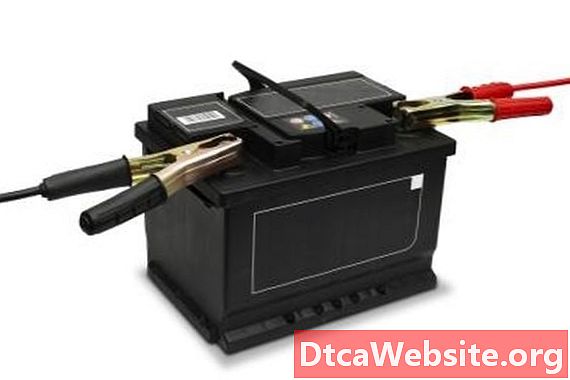
Contenu
- Equipment
- Production and Common Sections
- Transmission Mechanics of Older Systems
- Transmission Mechanics of Newer Systems

Digital satellite news gathering (DSNG) is a system that combines electronic news gathering (ENG) with satellite news gathering (SNG). The first types of ENG systems were extensively used during the dispute over Falkland Islands between England and Argentina in 1982. As time passed and electronic devices become smaller, a whole DSNG system was fitted into a van. DSNG vans are now common; theyre extensively used in covering news events.
Equipment
The DSNG van, also known as an “outside broadcast” (OB) van, is a mobile communications systems using state-of-the-art equipment to produce and transmit news as it happens, where it happens. A typical DSNG van is outfitted with a two-way high-power amplifier satellite system, a production component and an energy framework. The DSNG van also comes with a custom and powerful electrical system, as it needs to power all the equipment it carries without the need for any external source. There are also several additional equipments inside the van: a traveling wave tube amplifier (TWTA) administrator system, an encoder/modulator, primary and secondary monitors, video synthesizer/mixer and an audio mixer. External equipment includes high definition cameras, a solid state power amplifier (SSPA) and a low noise block (LNB) down-converter.
Production and Common Sections
Most DSNG manufacturers can outfit vans with the necessary equipment with ease. Some manufacturers even offer stand-alone modular DSNG equipment systems, whereby qualified operators can move and install equipment from one vehicle to another easily. DSNG vans have five main working sections: the monitoring section, the audio engineering section, the data and power storage area, the video control area and the transmission area.
Transmission Mechanics of Older Systems
With older DSNG setups, as soon as a camera captures news images, the satellite in the OB van transmits real-time images to an uplink satellite, which in turn s raw footage to a geostationary network. The network produces a local copy of the received images for editing. During this editing process, archive images from the network’s libraries are sometimes integrated into the edited video as the network sees fit. The edited video is then ready for play-out.
Transmission Mechanics of Newer Systems
With the advent of interactive tapeless methods of DSNG, editing is done simultaneously through a laptop-based rewriting/proofreading terminal. The van is equipped with transmission and reception facilities, which allow rough and condensed files to be transmitted to and received from a remote geostationary network. A prime video server processes the files for storage and eventual broadcast. The DSNG system maximizes bandwidth to allow faster turnover of news in real time.


